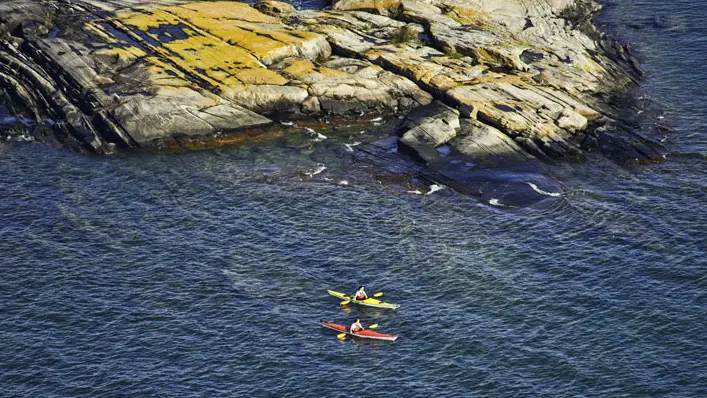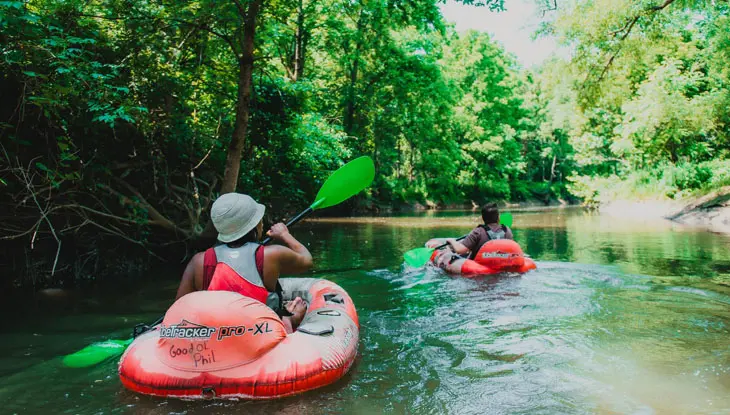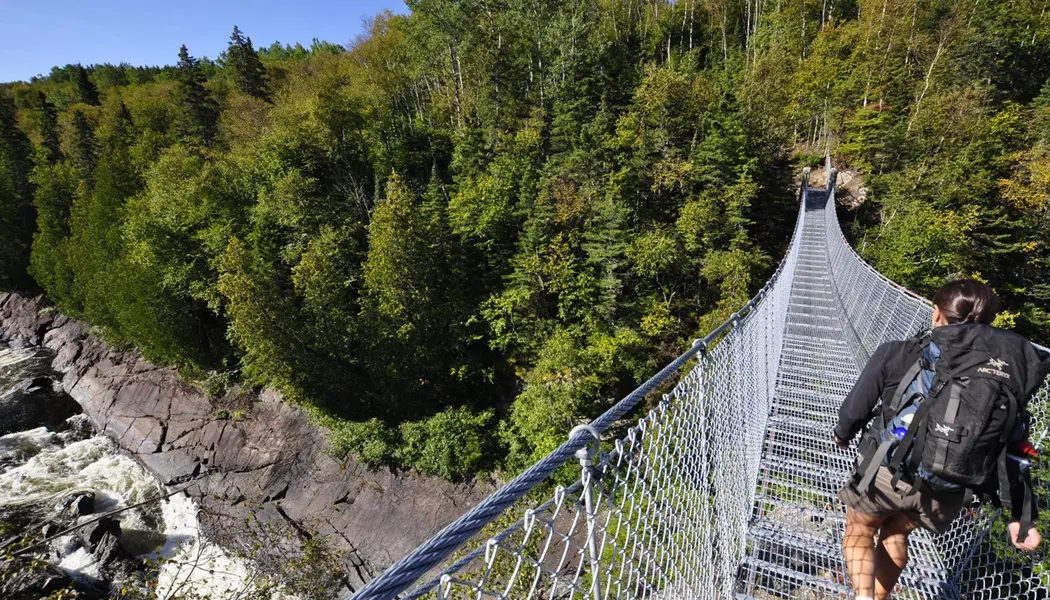Explore four amazing World Biosphere Reserves in Ontario

Georgian Bay | Destination Ontario
These distinct ecologies are rare, with just over 700 recognized worldwide in 134 countries. Four of the 19 biospheres in Canada are located in Ontario, and three of them are part of the Amazing Places project.
UNESCO Biosphere Reserves
The United Nations Educational, Scientific and Cultural Organization (UNESCO)
is a champion of socio-economic efforts, ecotourism and land protection. Its mission is to “contribute to the building of a culture of peace, the eradication of poverty, sustainable development and intercultural dialogue through education, the sciences, culture, communication and information.”
UNESCO recognizes World Biosphere Reserves as protected natural spaces that:
- contain unique land and water ecosystems
- maintain a sustainable balance between the environment and humans
- protect at-risk wildlife species
- protect important Indigenous and heritage sites
- focus on ecological education, sustainability and regeneration
Lace up, gear up and get ready to explore Ontario’s amazing places by foot, pedal and paddle.
Georgian Bay and 30,000 Islands
The Georgian Bay World Biosphere Reserve is the largest freshwater archipelago in the world. It consists of a cluster of islands, bays, and inlets that extend over 13,000 square kilometres along the eastern Georgian Bay shoreline.
The unique topography supports forest and wetlands and boasts out-of-this-world scenery.
Things to do in Georgian Bay Biosphere
Cross the suspension bridge over the French River, with awesome views of the rock-walled gorge below.
Hike through old-growth pine forests to Wemtagoosh Falls.
Paddle traditional routes of Indigenous Peoples in Point Grondine Park.
For the ultimate nature retreat, reserve one of the secluded waterfront cabins at Christian Beach in Georgian Bay Islands National Park.
Frontenac Arch
The Frontenac Arch Biosphere represents the ancient granite bridge connecting the Canadian Shield in the north to the Adirondack Mountains in the south.
It extends roughly 2,700 square kilometres through Southeastern Ontario and includes the St. Lawrence River and Thousand Islands. Indigenous Peoples referred to it as the "backbone of the mother".
Things to do in Frontenac Arch Biosphere
Step back in time and experience 19th-century military life at Fort Henry.
Descend deep into the rocky earth along the Silver Queen Mine Trail in Murphy’s Point Provincial Park.
Check out the view from Spy Rock, the 1000 Islands Tower or Mink Lake Lookout in Frontenac Provincial Park.
Experience the perfect blend of old and new at Rosemount Inn and Spa, a heritage boutique hotel built in 1850. The Victorian limestone manor is located in downtown Kingston's historic Old Stones district.

Long Point
This diverse landscape of woodlands, sand dunes, bluffs, marshes, meadows and beaches at Long Point Biosphere region are shaped around a giant sand spit deposit that extends 40 kilometres into Lake Erie. It's the largest formation of its kind in the Great Lakes.
The area is teeming with flora and fauna, including over 350 species of birds, making it a globally significant migratory birding area.
Things to do in Long Point Biosphere
Join Grand River Rafting on a tubing adventure on “Canada’s Amazon.” Big Creek is a waterway that meanders through a protected wildlife and wetland area on the north shore of Lake Erie.
Enjoy sublime views from a 166-metre-long bridge on the Black Bridge Waterford Heritage Trail.
Outdoor activities at Long Point Eco Adventures include ziplining through the Carolinian forest, stargazing and mountain biking. The adventure park also offers a variety of glamping options, from rustic camping pods to luxury wilderness suites complete with a private outdoor shower.
Niagara Escarpment
The Niagara Escarpment stretches over 700 kilometres from Queenston, in the Niagara Region, to Tobermory, on the southern shores of Georgian Bay.
This spectacular limestone ribbon of forest, wilderness, cliffs and wetlands has the most topographic variability in Southern Ontario, reaching over 430 metres in elevation.
Things to do along the Niagara Escarpment
Climb ancient caves and follow the rocky ridges of the escarpment along the Bruce Trail, Canada’s oldest and longest hiking path.
Rock climbers are drawn to the challenging climbs and rewarding views at Mount Nemo and Rattlesnake Point in Milton, Old Baldy Conservation Area in Grey County and Lion’s Head on the Bruce Peninsula.
Related content
Last updated: November 7, 2025


